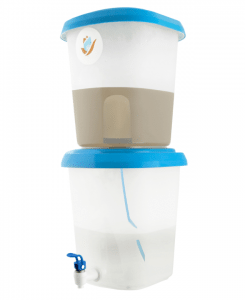
Agriculture
January 4, 2024
Tulip Table Top Filter
Read SolutionImplemented by
Basic Water Needs
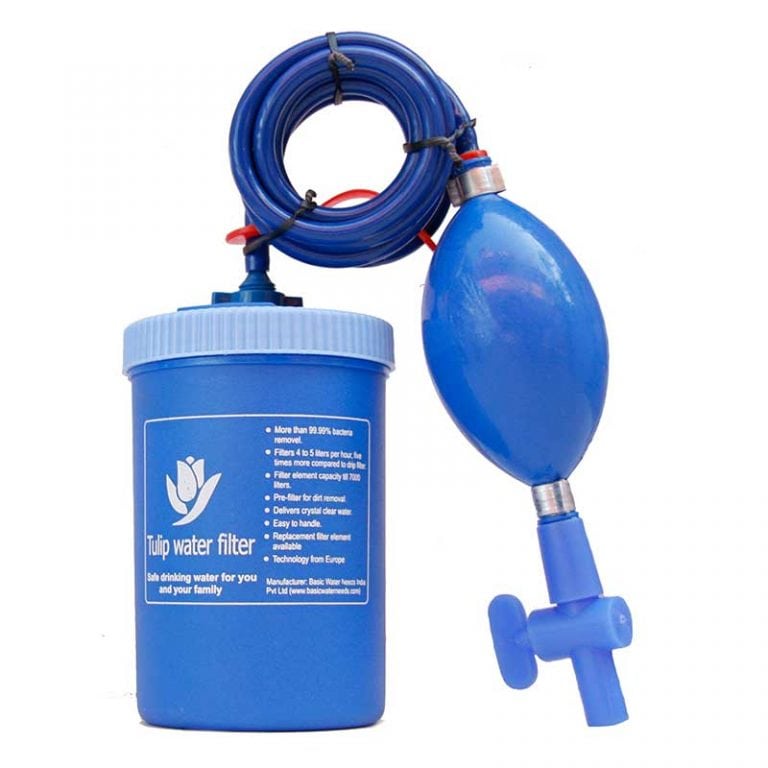
Updated on December 13, 2023
·Created on May 27, 2016
A portable silver-enhanced ceramic water filter.
The Tulip® Siphon is a portable water purifier for daily or emergency use and is comprised of a silver enhanced ceramic candle filter (Tulip® or CrystalPur®) with a plastic casing and a siphon mechanism to initiate filtration.
Target SDGs
SDG 6: Clean Water and Sanitation
SDG 1: No Poverty
Market Suggested Retail Price
$20.00
Target Users (Target Impact Group)
Household
Distributors / Implementing Organizations
Local partners in Ethiopia, Zambia, Ecuador and Guatemala. NGOs, commercial networks, national, regional and community entrepreneurs.
Competitive Landscape
Direct competitors include Living Water Treatment Systems.
Regions
Worldwide
Manufacturing/Building Method
Ceramic candle filters are manufactured in China using diatomaceous earth, nano silver, and activated carbon. Production locations include China, India, and Kenya.
Intellectural Property Type
Patent
User Provision Model
Basic Water Needs partners with local entrepreneurs, NGOs and other organizations to establish local distribution networks.
Distributions to Date Status
Including filter models in addition to the Siphon model, roughly 500,000 Tulip units have been distributed. Correspondence with manufacturer
Manufacturer-specified flow rate (L/hr)
5 L/hr
Bacteria reduction
4 log
Virus reduction
Unknown
Protozoa reduction
> 4.5 Log ( >99.995% )
Heavy metals and/or arsenic reduction
Unknown
Maximum recommended influent turbidity level (NTU)
Tulip filters have been tested under various turbidity levels (8 – 806 NTU) depending on country tested.
Effluent turbidity levels (NTU)
~0.13 – 5. Tulip filters remove ~99% turbidity. Turbidity levels vary depending on country tested.
Manufacturer-specified lifetime volume (L)
7,000 L
Design Specifications
Dimensions: 20.5 x 14 x 9 cm Weight: 0.5 kg
Technical Support
Provided by user: When flow rate slows, clean filter by backwashing by closing the tap and squeezing the rubber bulb, to force water back through the filter element. If sufficient flow rate is not restored, scrub filter with included scrub pad. Users should check filter diameter using the tool provided, and when diameter is less than indicated on the tool, the ceramic filter should be replaced. A washable pre-filter can be used when filtering turbid water to reduce clogging.
Replacement Components
Replacement components are available through local agents or distributors.
Lifecycle
7,000 liters or until diameter less than indicated.
Manufacturer Specified Performance Parameters
Performance targets: Capable of removing 99.995% bacteria, >99.995% protozoa, and 99% turbidity. Flow rate is up to 5 L/hr.
Vetted Performance Status
Laboratory testing: Removal efficiency of Silver impregnated Ceramic filters
Safety
2.5 – 6.5 ppb silver in filtered water, below US Environmental Protection Agency (EPA) and WHO secondary standards for silver in drinking water (0.1 mg/L).
Complementary Technical Systems
To preserve filtered water quality, use with a safe water storage container with lid and tap.
Academic Research and References
Mohamed, H., et al., Microbiological effectiveness of household water treatment technologies under field use conditions in rural Tanzania, Tropical Medicine and International Health, 2016, 21 (1), 33-40.
Luoto, J., et al., What point-of-use water treatment products do consumers use? Evidence from a randomized controlled trial among the urban poor in Bangladesh, PLoS One, 2011, 6 (10).
Barnes, et al., The Biosand Filter, Siphon Filter, and Rainwater Harvesting, 2009. [MIT Group Report]
Renzi, D., Effects of Solids Loadings and Particle Size Distribution on Siphon Ceramic Candle Filters, University of South Florida, 2011. [Thesis]
“About – Basic Water Needs,” Basicwaterneeds.com. Available: https://www.basicwaterneeds.com/about-2/
Goal 6. (n.d.). Sdgs.un.org. Available: https://sdgs.un.org/goals/goal6
bwn, “Tulip Technology in Top 100 innovations,” Basicwaterneeds.com. Available: https://www.basicwaterneeds.com/tulip-technology-in-top-100-innovations/
V. D. V. Klaas and R. Korse, “Gravity operating ceramic water filter,” 2009087670:A2, 16-Jul-2009. https://patents.google.com/patent/WO2009087670A2/en
“Home,” Techxlab.org. Available: https://www.techxlab.org/
“Basic Water Needs – Domestic water. Safe. Affordable. Simple,” Basicwaterneeds.com. Available: https://www.basicwaterneeds.com/#tulip
Basicwaterneeds.com. Available: https://www.basicwaterneeds.com/wp-content/uploads/qaqc/Netherlands/Netherlands/Netherlands%20WaterLab%20Noord%20%282%29.pdf
“WLN – Waterlaboratorium voor waterkwaliteit onderzoek en behandeling,” WLN, 21-Feb-2018. Available: https://wln.nl/
U. S. Epa and OW, “Secondary Drinking Water Standards: Guidance for Nuisance Chemicals,” 2015. https://www.epa.gov/sdwa/secondary-drinking-water-standards-guidance-nuisance-chemicals
Basicwaterneeds.com. Available: https://www.basicwaterneeds.com/wp-content/uploads/qaqc/Malawi/Malawi/MALAWI%20Ministry%20of%20Health%20%20approval%20letter.pdf
“Philippines DOH Certification.JPG (739×1024),” Basicwaterneeds.com. Available: https://www.basicwaterneeds.com/wp-content/uploads/qaqc/Filippines/Filippines/Philippines%20DOH%20Certification.JPG
Compliance with regulations
Malawi Ministry of Health approval, Philippines DOH Certification (expired May 2015), National Laboratory test results
Evaluation methods
Laboratory and field evaluations
Other Information
Selected as one of Toekomstmakers Top 100 in 2015.
Other Tulip technologies include: the Tulip Table Top and Tulip Group Filter.

Agriculture
January 4, 2024
Implemented by
Basic Water Needs
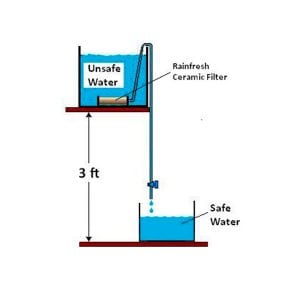
Agriculture
December 12, 2023
Implemented by
Envirogard Products Ltd
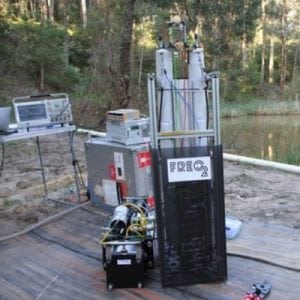
Agriculture
September 27, 2024
Implemented by
FREO2 Foundation
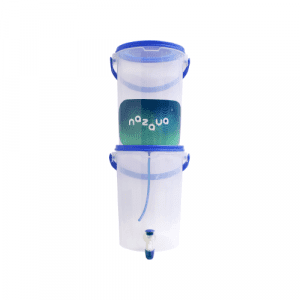
Agriculture
December 7, 2023
Implemented by
Nazava
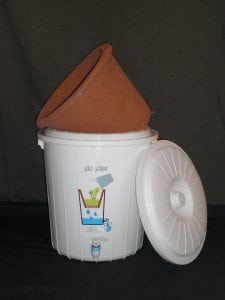
Agriculture
December 13, 2023
Implemented by
The Silver Filter Company Ltd
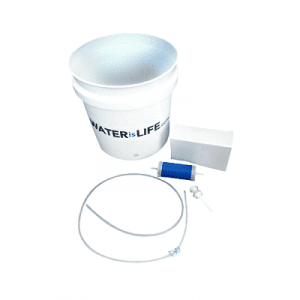
Agriculture
January 2, 2024
Implemented by
Water is Life
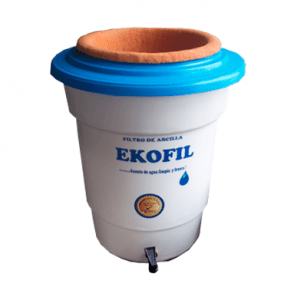
Agriculture
December 7, 2023
Implemented by
Ekofil
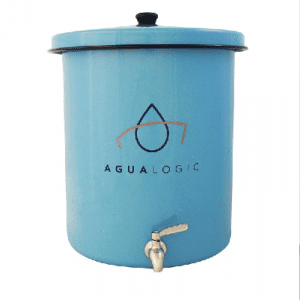
Agriculture
December 7, 2023
Implemented by
Agualogic
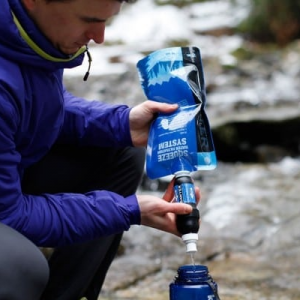
Agriculture
December 29, 2023
Implemented by
Sawyer
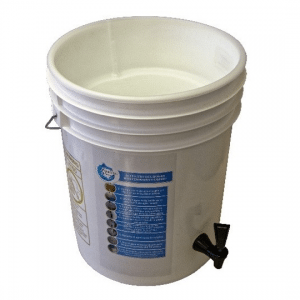
Agriculture
December 27, 2023
Implemented by
Aqua Clara International
Have thoughts on how we can improve?
Give Us Feedback